There’s no question in my mind that a camera can be an instrument of beauty.
But what this means can vary, depending on the camera.
Broadly speaking, I’ve realised I’ve found cameras fall into one of two categories of “instruments of beauty” (or of course they’re not interesting or enjoyable enough to be in either).
1. Cameras which are themselves beautiful instruments.
There are many many vintage film cameras that fall into this category, that either look stunning, and are a masterpiece of design and engineering, and/or are an utter delight to hold and use.
Something like the Pentax S1a I had (well, I had two, one black, one silver) was good looking enough to adorn any shelf as an object of great aesthetic appeal, the epitome of handsome elegance in camera form.
Plus, they’re quite wonderful to hold and use, a combination of compact size, shape, and the class and build quality that seeped through every time you adjusted the shutter speed dial, or wound on the film.
In a similar vein, a camera like my Pentax K100D DSLR might not obviously be as pretty as its S1a ancestor, but to hold and use it feels fantastic, everything just where you need it, and fitting my hand like a glove.
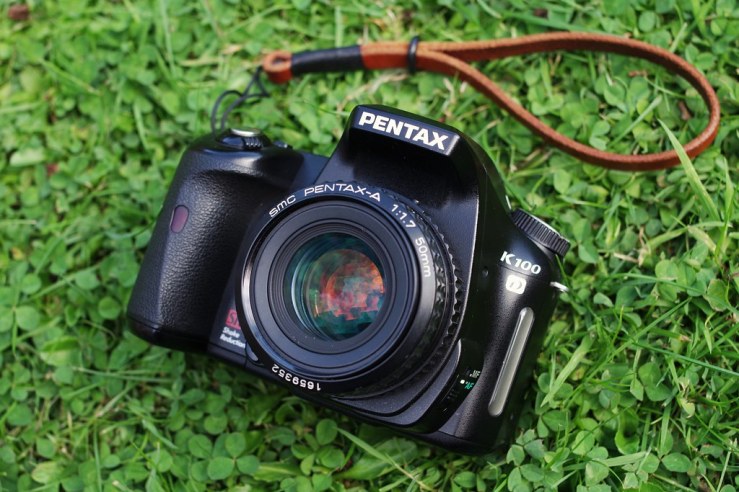
2. Cameras which are instruments capable of making beautiful images.
A glowing example of this I’ve been reminded of recently is the Panasonic Lumix GF1.
The GF1 is highly able to consistently deliver lovely images with the minimum of fuss, even with a fairly cheap and far from high end lens like the 7Artisans 25/1.8.
But it fails to meet either criteria for the first instrument of beauty category above.
A black slab of plastic, with disappointing ergonomics (including a pathetic front grip), and some plasticky awkward feeling buttons (especially the rear dial), actually making photos with the GF1 is at best disappointing bland, and at worst a downright frustrating experience.
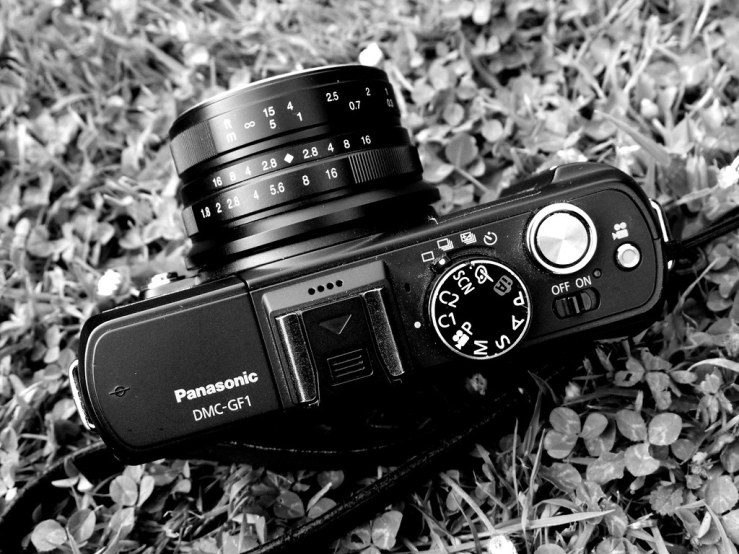
After my most recent outing with it, wondering once again if it might be a much better fit for me than I’ve previously found, I liked it less than ever, and will be looking to sell it soon.
Of course some cameras fall into both of these categories – they’re both a delight to use, and deliver beautiful images.
Like the K100D.
And it’s these select few machines where these two definitions of “instrument of beauty” intersect, that I enjoy most.
They’re the ones that form the heart of my current arsenal, and will strongly dictate any potential new arrivals in the future.
How about you? Which of your cameras do you consider the greatest instruments of beauty?
Please let us know in the comments below (and don’t forget to tick the “Notify me of new comments via email” box to follow the conversation).
Thanks for looking.
What Next?
Share this post with someone you think will enjoy it using the buttons below.
Read a random post from the archives.
See what I’m up to About Now.
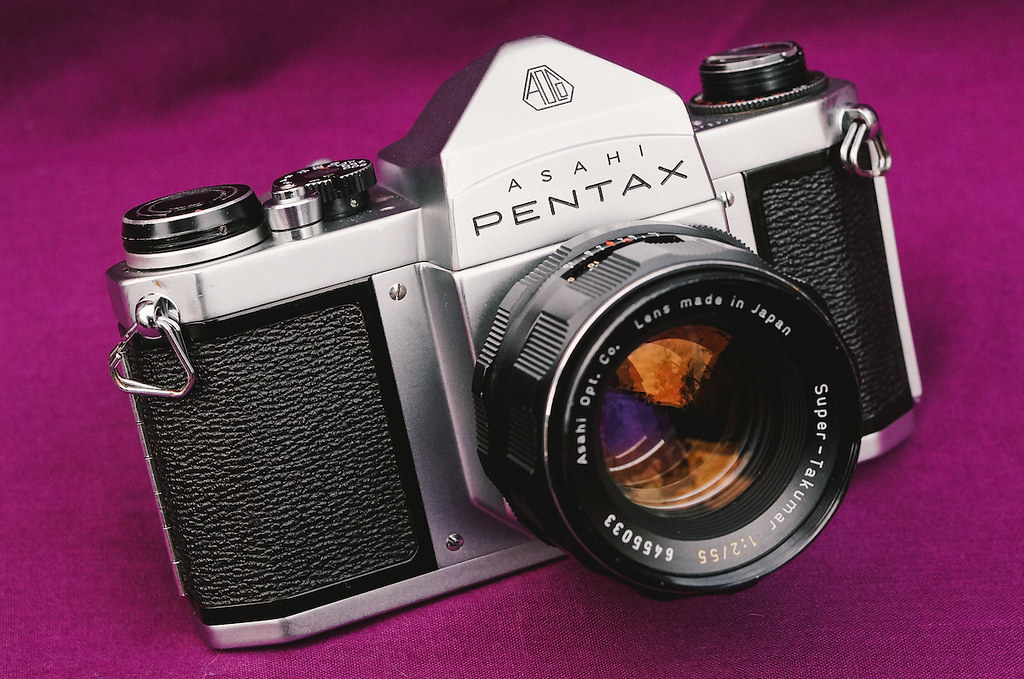
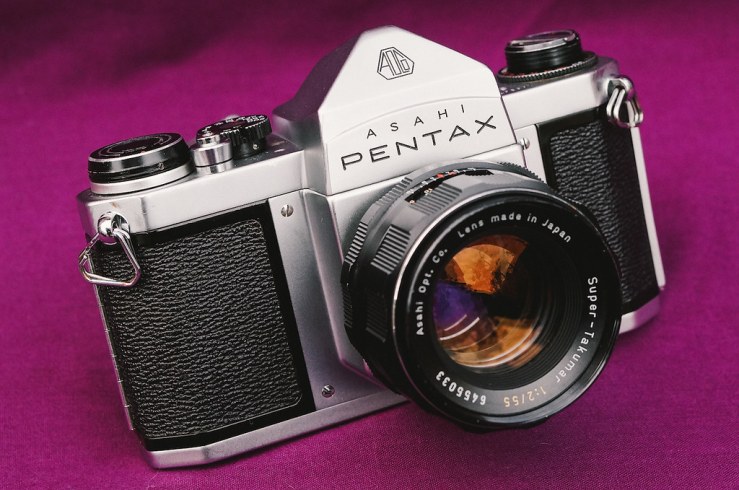
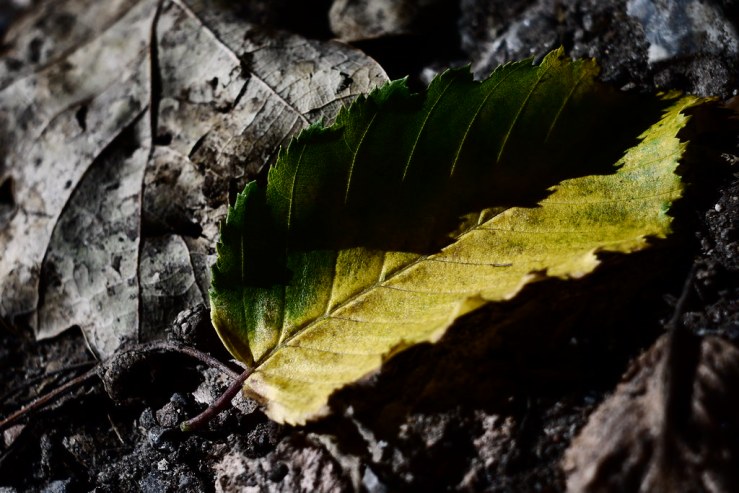

That is usually where mirrorless loses me… something like an A6000 or a micro four thirds camera are incredibly powerful but to me the ergonomic just aren’t there… even the A7II doesn’t feel good in my hands.
Something like the original Olympus E-M1 would have a proper grip but then it’s larger than my K-S1 DSLR…
Yes, in many ways MFT promises the best of both DSLR and compact, but falls between two stools and is worse than either.
Well, MFT is at its best with small, point-and-shoot-sized bodies. It’s no coincidence that the Olympus E-PL9 was the 2nd most sold camera in Japan last year, even with an outdated sensor and lacking a lot of things (like a viewfinder) that a lot of us consider “essential”.
It’s also true that MFT manufacturers – in average – have been increasing the size of the cameras a bit every year… which is probably why the system is not doing quite so well.
Yeh but then I think why not just use something like my Lumix LX3 which has a more than capable enough lens for me, and is smaller than any MFT body/lens combo.
My Fujifilm X-T2 has film SLR ergonomics in a digital camera body. But if I owned a Fujifilm X100V or X100F, it would be that camera with the skin removed and r-eskined in read.
The original X100 is on my wish list and something I go back and look at from time to time… Maybe this winter…
Right now it is my “new” Sony compact. I suddenly developed an interest in old Pentax digital cameras, but apparently I’m late to the party. Prices around here have gone sky high for some reason.
Jon, how much are the Pentax bodies going for, and which models? the *ist D bodies here are quite erratic, you can get one for around £40, which is reasonable, but many are advertised buy it now at £100-150+ which is way to high I feel, great as they are. I wouldn’t pay more than £40 for any of the 6 or 10MP CCD bodies, they’re fairly plentiful still.
Hi Dan,
All those models seem to be going for hundreds here. I can’t understand it either, but that is way over what I would pay for such old equipment.
I think we’re very lucky over here in the UK with the range and fairly reasonable prices of used cameras.
The mighty Pentax P30 is my instrument of beauty. It lands so good in hands, it’s so simple to operate, it feels so solid. The deep black of the body looks amazing.
I had two or three of those. The P30N mostly, I liked the very functional looking gunmetal grey plastic. Great cameras, even if they don’t quite have the more classic looks of the Super-A, ME Super et al that preceded them.
Did you ever try an MZ, like a 5N? Very small and light, reliable exposures, and they handle well too. The viewfinder isn’t as good as older bodies, but usable. Worth a look perhaps.
Yes, I have the MZ-6 which succeed my MZ-50. The 6 is brilliant and indeed, it’s light and got plenty of options that my P30 lacks 🙂
Moreover I found your blog after I looked for some review of my Espio 160. This is my first compact camera since I was a kid and after reading your review and making first shots I know it’s also superb camera – instrument of beauty.
Yes that 160 is in many ways the compact culmination of decades of photography know how.
I sold all my film cameras and the Pentax P30T is the one I kept. Very underrated camera and looks fantastic with the DA 35 f/2.4 on it!
But sadly I haven’t shot film in years… I think an affordable, high quality, easy to use scanner could change the market and put film back into play. If I was an entrepreneur I’d create one…
Does the P30 change the aperture of the DA 35/2.4? I didn’t think they’d be compatible other than the same physical mount obviously.